5 design systems that a UX designer should know in 2022
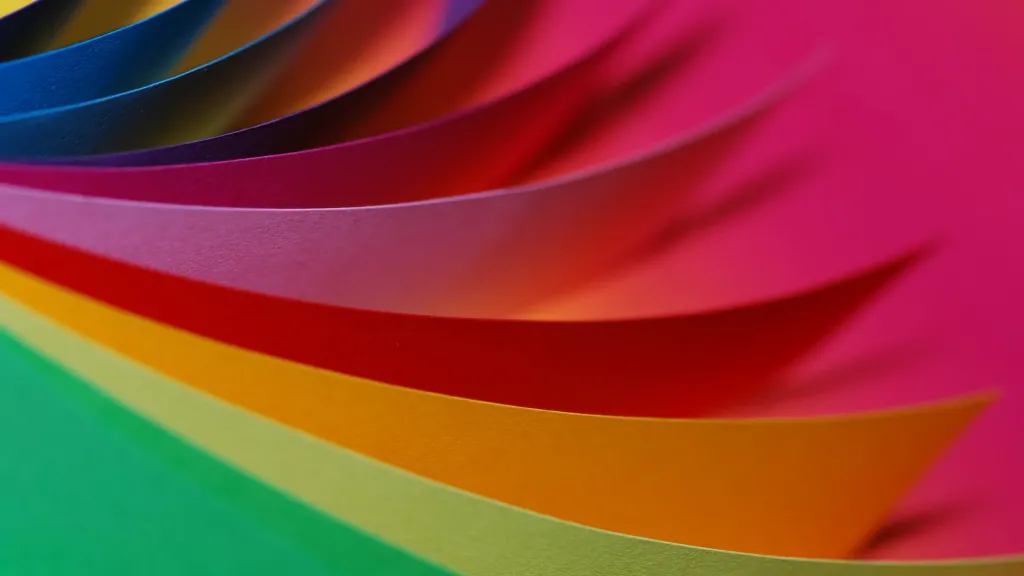
1. The most popular color in the world is…

According to various international studies, the most popular color in the world is blue. The results of a survey conducted by several marketing firms showed that people around the world chose blue (40%). as your favorite color. Next come red and green. White, orange and yellow are among the least favorite colors
2. Red is the first color that a child begins to recognize

Even in the womb, babies are able to distinguish between light and dark. As soon as they are born, they distinguish the shapes of objects due to the difference between light and dark. In a few weeks, babies begin to distinguish their first color - red. Probably because red has the longest wavelength among colors and it facilitates the perception of receptors and nerves that are in the child’s eyes and develop.
3. Men and women see the world differently
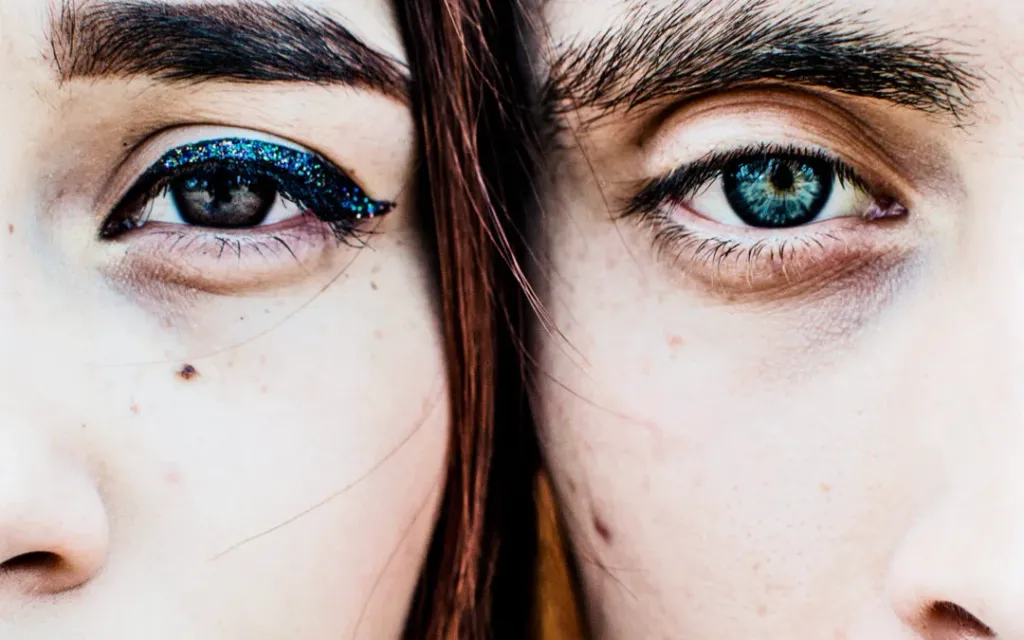
Women see crimson, burgundy and tomato red, while for a man it’s just red. Reuters agency reports that researchers at Arizona State University in Tempe have discovered a gene that allows us to see the color red. The gene is located on the X-chromosome, and women have two X-chromosomes, which allows women to better perceive the red-orange color spectrum. In addition, women are generally better at distinguishing shades of colors, while men are better at recognizing small details of a moving object.
4. Why is Mars bloody?

In Roman mythology, Mars is the god of war and therefore some associate him with the color of blood. But from a more scientific point of view, it is worth noting that Mars has a reddish hue, or rather a rust color, because it is covered in iron oxide dust, an element that affects the color of blood and rust.
5. To avoid traffic accidents - use white

The safest car color is white. Based on research, it is the most visible color in all weather conditions, except snow. Although lime yellow is actually the most visible color on the road, being an unpopular choice, white has taken the lead. Silver comes in second place and is also a great choice, but not during heavy downpours and fog.
6. Are you often annoyed? Use pink

Pink is a calming color. Due to its effect, it suppresses anger and restlessness. That is why in many prisons and the walls of psychiatric hospitals are painted pink.
7. True gray
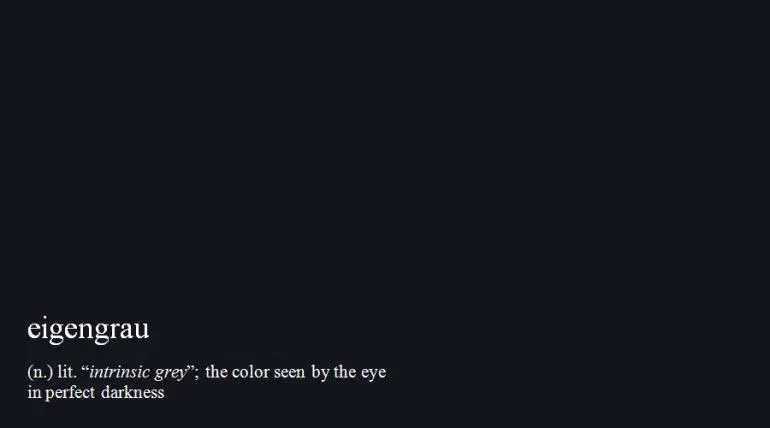
If we suddenly turn off the light in the room, before plunging into darkness, we see a dark gray color. Experts call its eigengrau, which can be translated as true gray. According to Wikipedia, it is an evenly distributed dark gray color that people see in the absence of light.
8. Yellow + Red = hunger

It is not surprising that fast food giants McDonald’s, KFC, Burger King and many others use this color scheme. Researchers say that red and yellow are the most appetizing colors. Therefore, it is recommended not to paint the kitchen yellow. Better stop on blue, because it is the least appetizing.
9. Color affects taste

Scientists have found that an orange or cream colored cup makes chocolate taste better, while a white or red colored cup does not affect the taste in any way. The discovery once again confirms that our taste buds are under the influence of what our eye sees.
10. Fear of color
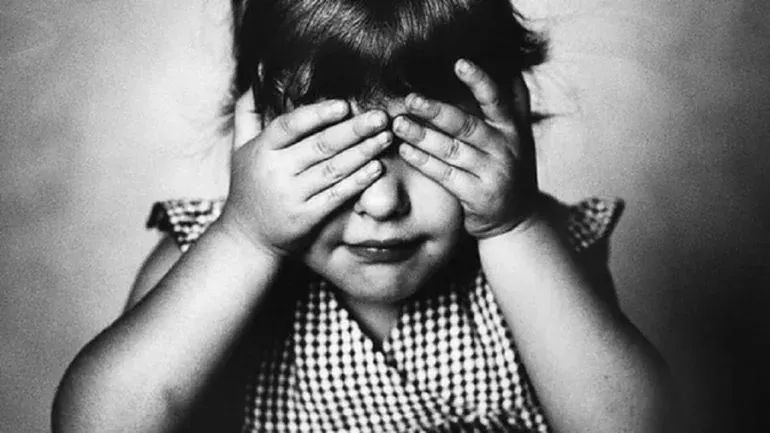
Chromophobia, also known as chromatophobia, is characterized by a persistent, irrational fear of color. A severe form of this phobia can interfere with a person’s daily life and lead to certain self-limitations. People with chromophobia can associate sad past event with a certain color.
11. Yellow color can cause dizziness

Yellow can cause nausea and dizziness. Also, pure bright yellow is the most irritating, due to overstimulation of the eye.
12. There was a law that prohibited the use of color

The blue color was so highly valued by the clergy that there was a law regulating the use of blue by artists. Only the clothes of Jesus and Mary could be painted with a precious color.
13. Color affects the perception of depth

Color affects the perception of depth. Not to the point where we fall down the blue ladder, but still, we perceive warm colors as those that attract to us, and cold colors - as distant. We also perceive lighter colors as closer, and dark - on the contrary. This law is widely used by artists to create depth of space on the canvas.
14. Black is not a color. Well, in general, not always
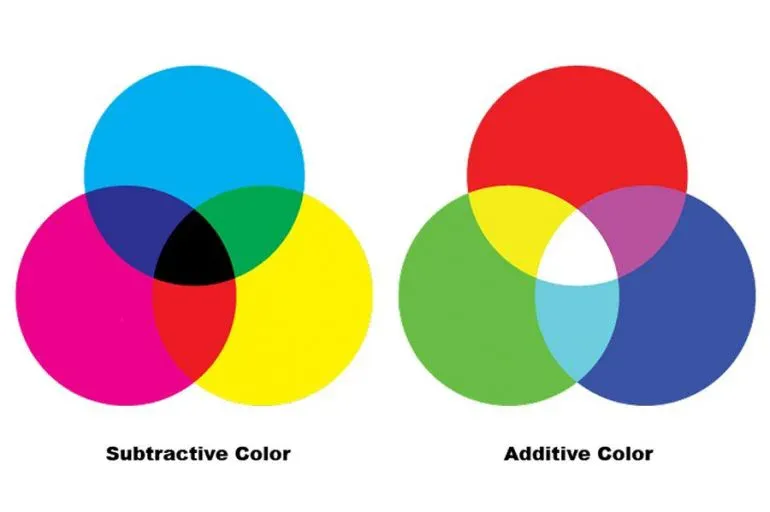
There are two color theories. The first is the theory of additive color mixing, where color is perceived as radiation. In this case, if there is no radiation, there is no light. We can say that black is the absence of all colors, and this usually happens when there is no light. There is no light, no color, as a result we get black.
On the other hand, we also have the theory of subjective synthesis, where color is perceived as pigments that paint. In this case, black is a color. Otherwise, what do we call black paint?
Chemists confirm that charcoal, ferrous metals and other chemical elements are the sources of black pigment. Accordingly, black color exists.
15. The color red can harm exams

It turns out that the red color probably worsens performance when achieving specific tasks. Red is associated with failure and awakens to inactivity.
16. Mosquitoes love blue

If you are going camping, it is better to leave dark-colored shirts and sweaters at home. Studies show that dark colors, especially blue, attract mosquitoes.
17. Bulls’ hatred of red is just a myth

The most likely thing is that the bulls do not have any advantages in color, because they react to movement. Any moving object regardless of color, can become a target for a bull.
18. The color of the beard matters

It is believed that light beards grow much faster than dark ones.
19. Black and white are forgotten

If you have difficulty understanding a scene from an old black-and-white film or notes made with a black pen on white paper, most likely the color (or lack thereof) is to blame. Psychologists have found that people remember color much more often version of the image than black and white. This is due to the fact that color has the greatest connection with feelings, which, in turn, affect memorization.
20. Color does not exist! He is only in our head

Technically, color occurs when our brain decodes the signals it receives from the outside. Without it, the surrounding world is nothing a monochromatic place bathed in electromagnetic radiation with waves of different lengths and intensities. According to this theory, our world would most likely look like a scene from The Matrix.
